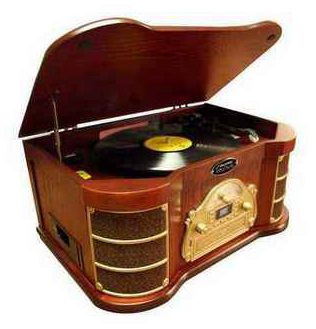Drone Safety

Flight, just just for the birds - anymore
Humans have always been fascinated with flight, but up until now for the most part, flight has been restricted to professional pilots, hand gliders, skydivers, hot air balloon, RC hobbyists and the like, that is until drones flew into the scene and landed with consumers. Now you can pick up a drone at a local consumer electronics store or online and leave gravity behind.
Over the last five years the drone marketplace has matured significantly. Not only has the technology improved, allowing for HD video, longer flight times, more accurate flying and even better entry-level drones even for kids, but also there is increased scrutiny, privacy concerns and even new regulations being legislated by the Federal Aviation Administration (FAA) requiring drone owners to register their drones. While regulations are coming because of concern for public safety, this should not prevent anyone from learning how to safely fly a drone.
TIPS FOR FLYING A DRONE SAFELY
There are lots of sites and documents that outline proper operating and safety procedures. While some of the items may be very obvious others may be less so. There are some items that could have legal consequences if not followed. So, before you take flight, take some time to review and understand these.
· Don’t fly too high – The FAA actually has limits that state you can’t fly crafts higher than 400 feet above the ground.
· Keep in sight – A good rule of thumb is to do your best to keep your drone in your line of sight and don’t rely on the on-board cameras. If you lose connectivity, you will lose your drone. And there is a delay between reality and what is transmitted back to your drone. And you can’t see everything around your drone if you simply use the on-board camera (if your drone has one).
· Be in the open – If possible, stay away from residential or very populated areas. People who see drones flying sometimes worry about privacy. Better to be in a large empty field away from residences.
· No airports – While you are piloting an “aircraft,” it’s important to remember that it is against the law to fly near or around airports.
· Public places – Stay away from schools, stadiums, churches and other places of congregation for privacy and potentially legal concerns.
· Government facilities – Also, be sure to stay far from any type of governmental facility like power, gas or water stations as well as prisons, police, fire or first aid stations like hospitals.
· Avoid emergency situations – If there is an accident, fire or other emergency, flying a drone near or around those types of situations can not only prevent emergency vehicles or aircrafts or first responders from being able to do their jobs, and it can also land you in trouble.
· Watch for power lines – From far away, it is often difficult to see or gauge distances of power lines. When you scope out your flying area, stay away from power lines.
· Calm weather only – It is much harder to control a drone in flight if it is flying in a windy environment. Try to pick a calm day (not night) with no extreme weather conditions.
· Don’t Drink & Fly – While this should go without saying about operating any equipment (car, boat, plane, drone, etc.), it should be re-iterated again.
· Leave spying for the spies – Again, privacy and droning are a heated debate currently. Try not spy on your neighbors!
· Do more research – The FAA also has a PDF that offers some tips .
-(275x62)_1.jpg)
.jpg)











.png)
.png)

